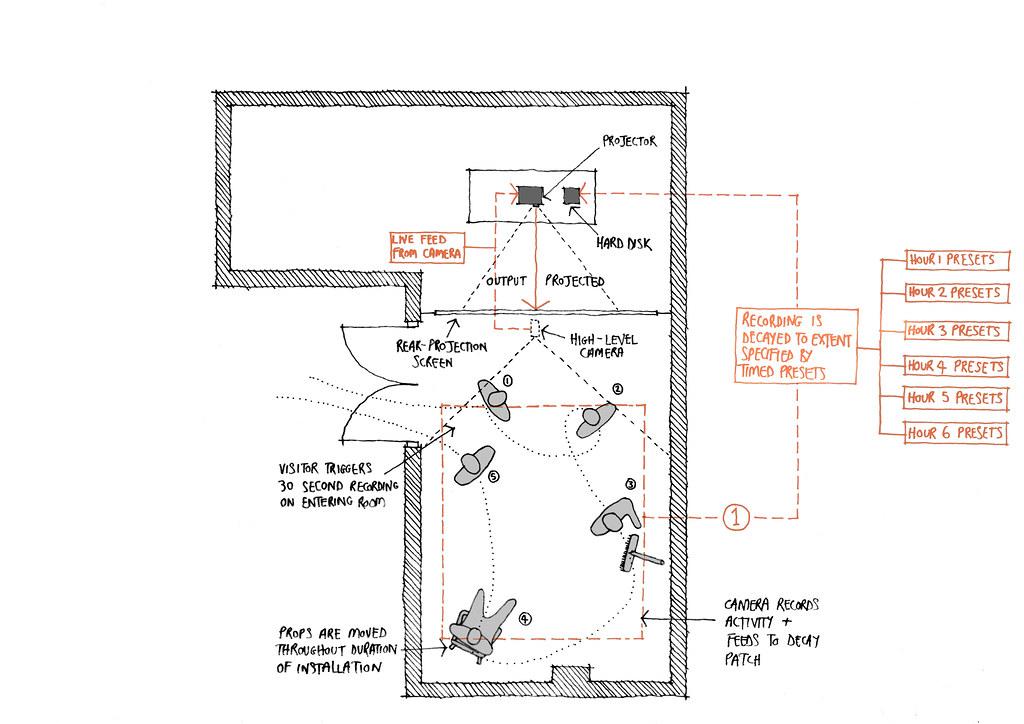As you embark on creating your dream space, there is one crucial step that often gets overlooked but is vital to the success of any installation project – planning for logistics, transport, and shipping. From determining the most efficient route for delivery to coordinating the transportation of heavy and delicate items, this process can make or break your project. So, buckle up as we dive into the world of installation planning and discover the five key considerations you need to keep in mind.
Key Considerations for Installation Planning
When it comes to installation planning for a project, there are several key considerations that need to be taken into account to ensure a smooth and successful process. One of the most important factors to consider is the logistics of transporting and shipping all the necessary equipment and materials to the site. This includes determining the best mode of transport, scheduling delivery times, and coordinating with suppliers to ensure everything arrives on time.
Another crucial aspect of installation planning is understanding the specific requirements of the site where the project will be taking place. This involves assessing factors such as access points, space limitations, and any potential obstacles that could impede the installation process. By carefully considering these key factors and planning accordingly, you can help minimize any potential delays or complications that may arise during the installation phase.

Ensuring Smooth Logistics Operations
requires meticulous planning and coordination at every step of the installation process. From transport to shipping, every detail must be carefully considered to avoid any disruptions or delays. Effective communication and collaboration between all parties involved are essential to guarantee a successful installation.
Utilizing advanced technology and tools can also significantly streamline logistics operations. Implementing a comprehensive tracking system can provide real-time updates on the status of shipments, making it easier to identify any potential issues and address them promptly. Additionally, creating detailed schedules and timelines for each phase of the installation process can help minimize downtime and maximize efficiency.

Maximizing Efficiency in Transport
When it comes to installation planning in the realm of logistics, transport, and shipping, there are key strategies that can help maximize efficiency. One important aspect to consider is optimizing the route planning to ensure that goods are delivered in the most timely and cost-effective manner. Utilizing advanced route planning software can help streamline this process and minimize delays.
Another crucial factor is proper coordination between different teams involved in the transportation process. Clear communication and collaboration between logistics personnel, drivers, and shipping coordinators can help facilitate smooth operations and prevent any hiccups along the way. By ensuring that everyone is on the same page and working towards a common goal, the overall efficiency of the transport process can be greatly improved.

Strategies for Effective Shipping Management
When it comes to effective shipping management, installation planning plays a crucial role in ensuring successful logistics, transport, and shipping operations. Proper planning helps minimize delays, reduce costs, and streamline the entire shipping process. One key strategy for installation planning is to establish a detailed timeline with clear milestones and deadlines, allowing for better coordination and organization.
Another important aspect of installation planning is to conduct thorough research on optimal shipping routes and modes of transportation. By choosing the most efficient routes and modes, companies can minimize transit times, reduce fuel consumption, and lower overall shipping costs. Additionally, implementing real-time tracking and monitoring systems can provide valuable insights into the status of shipments, enabling proactive problem-solving and improving customer satisfaction.
The Way Forward
In conclusion, proper installation planning is essential when it comes to logistics, transport, and shipping. By carefully considering factors such as location, timing, and communication, businesses can ensure that their installations run smoothly and efficiently. Remember to always prioritize safety, organization, and coordination to ensure a successful project. Thank you for reading our guide on installation planning, and we hope it has provided you with valuable insights for your next project. Happy planning!
